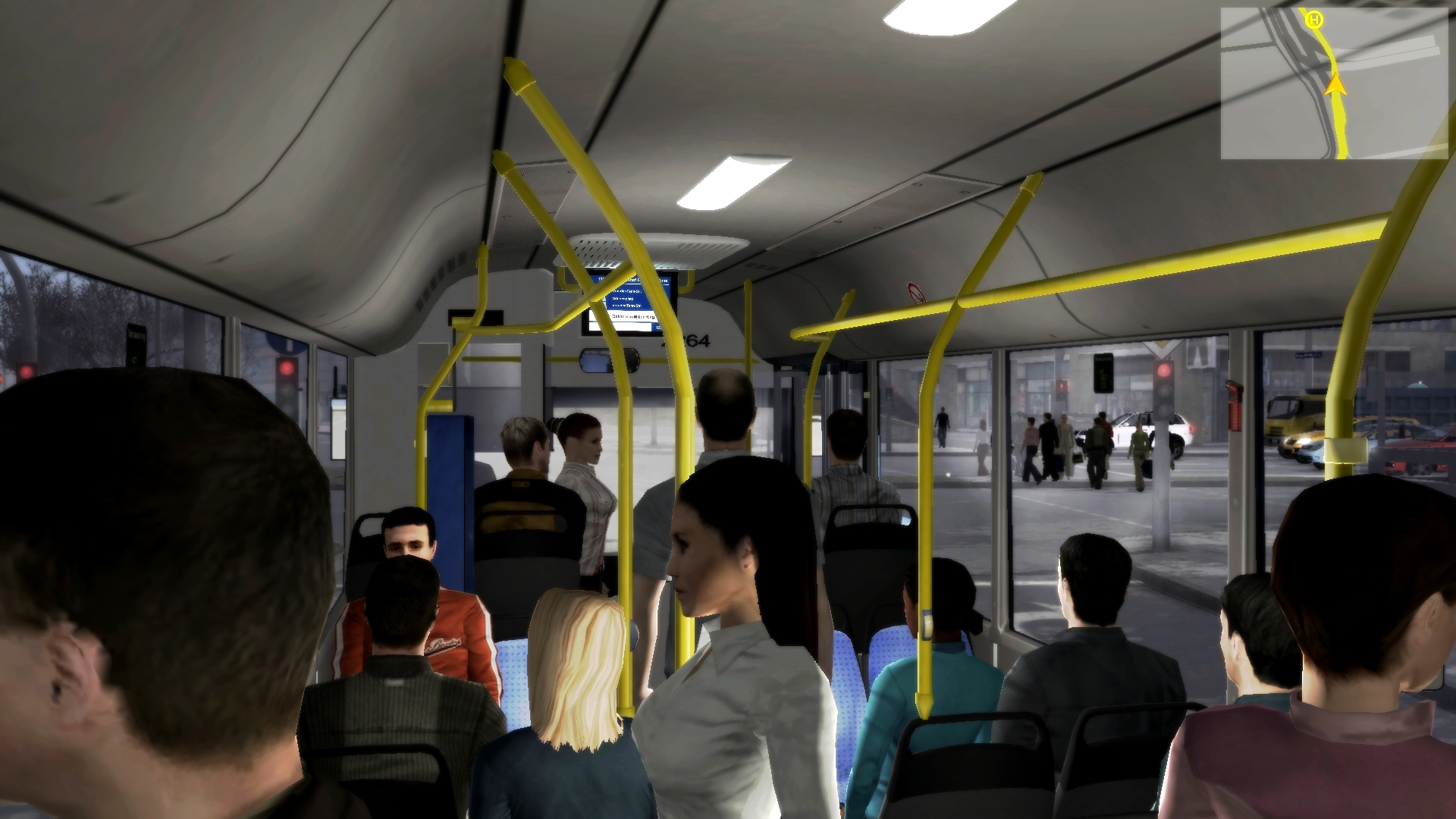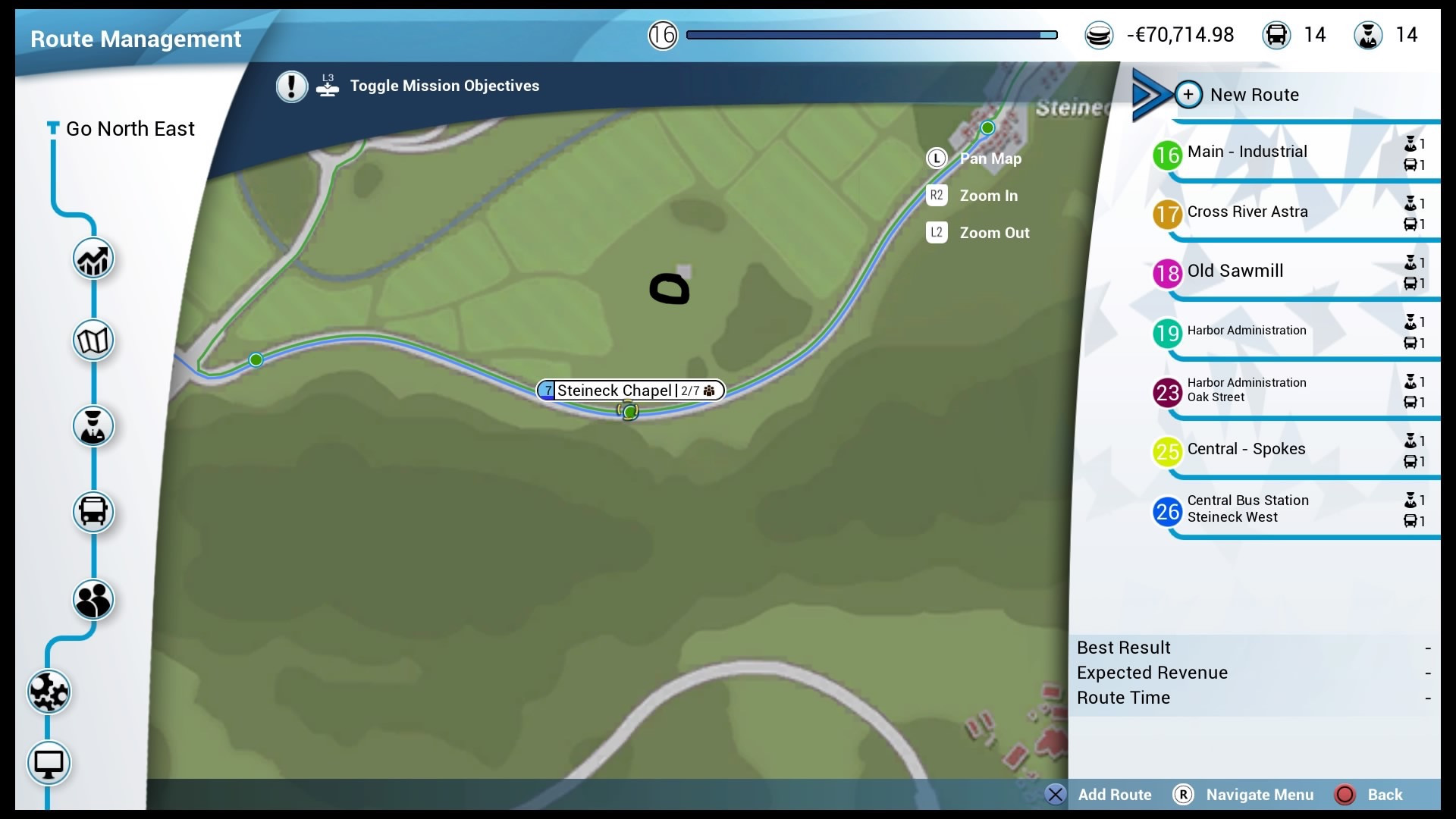

To achieve this, we leverage the generative event model to split event features into content and motion features. Compared to previous approaches, (i) our method transfers from single images to events instead of high frame rate videos, and (ii) does not rely on paired sensor data. To overcome this drawback, we propose a task transfer method that allows models to be trained directly with labeled images and unlabeled event data. Despite these characteristics, event-based vision has been held back by the shortage of labeled datasets due to the novelty of event cameras. While we present the evaluation and proof-of-concept for an event-based structured-light system, the ideas presented here are applicable for a wide range of depth sensing modalities like LIDAR, time-of-flight, and standard stereo.Įvent cameras are novel sensors with outstanding properties such as high temporal resolution and high dynamic range. Our setup requires the sensor to scan only 10% of the scene, which could lead to almost 90% less power consumption by the illumination source.

We show that, in natural scenes like autonomous driving and indoor environments, moving edges correspond to less than 10% of the scene on average. We show the feasibility of our approach in a simulated autonomous driving scenario and real indoor sequences using our prototype. The depth estimation is achieved by an event-based structured light system consisting of a laser point projector coupled with a second event-based sensor tuned to detect the reflection of the laser from the scene. In our approach, we dynamically illuminate areas of interest densely, depending on the scene activity detected by the event camera, and sparsely illuminate areas in the field of view with no motion.

In this paper, we present an efficient bio-inspired event-camera-driven depth estimation algorithm. This leads to limited spatio-temporal resolution where redundant static information is over-sampled and precious motion information might be under-sampled. The resulting method is robust to event jitter and therefore performs better at higher scanning speeds.Įxperiments demonstrate that our method can deal with high-speed motion and outperform state-of-the-art 3D reconstruction methods based on event cameras, reducing the RMSE by 83% on average, for the same acquisition time.Īctive depth sensors like structured light, lidar, and time-of-flight systems sample the depth of the entire scene uniformly at a fixed scan rate. In contrast, we optimize an energy function designed to exploit event correlations, called spatio-temporal consistency. Previous methods match events independently of each other, and so they deliver noisy depth estimates at high scanning speeds in the presence of signal latency and jitter. Our setup consists of an event camera and a laser-point projector that uniformly illuminates the scene in a raster scanning pattern during 16 ms. We propose a novel structured-light system using an event camera to tackle the problem of accurate and high-speed depth sensing. Images, IMU, ground truth, synthetic data, as well as an event-camera simulator!Įvent-based vision resources, which we started to collect information about this excitingĮvent cameras are bio-inspired sensors providing significant advantages over standard cameras such as low latency, high temporal resolution, and high dynamic range.

Our tutorial on event cameras ( PDF, PPT),Īnd our event-camera dataset, which also includes intensity Temporal resolution and the asynchronous nature of the sensor are required.ĭo you want to know more about event cameras or play with them? Images, traditional vision algorithms cannot be applied, so that new algorithms that exploit the high However,īecause the output is composed of a sequence of asynchronous events rather than actual intensity They offer significant advantagesĪ very high dynamic range, no motion blur, and a latency in the order of microseconds. Pixel-level brightness changes instead of standard intensity frames. Event-based Vision, Event Cameras, Event Camera SLAMĮvent cameras, such as the Dynamic Vision Sensor (DVS), are bio-inspired vision sensors that output


 0 kommentar(er)
0 kommentar(er)
